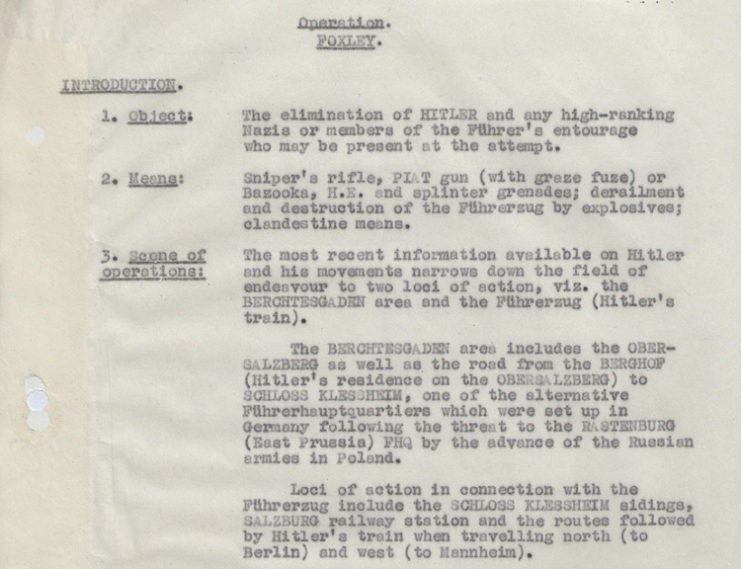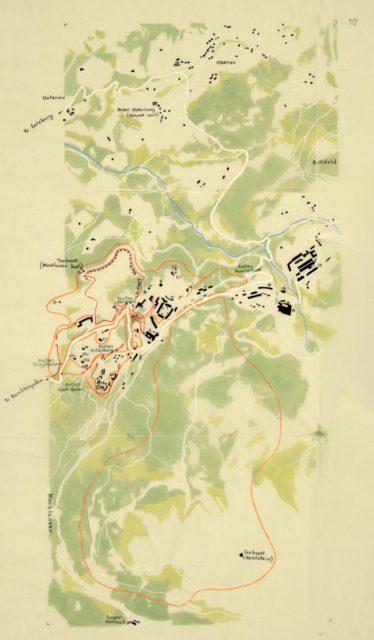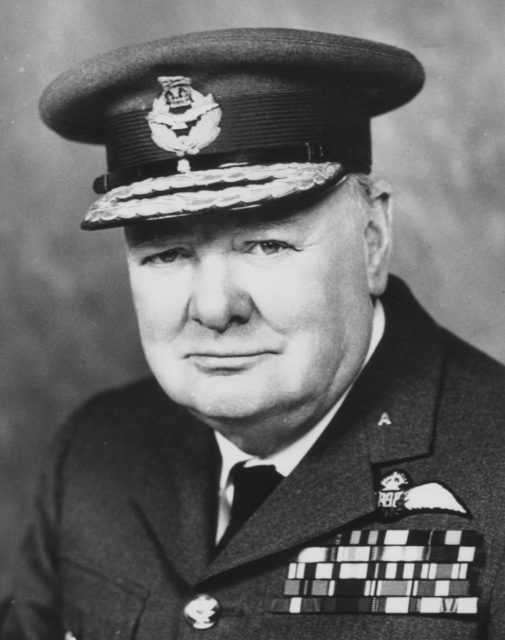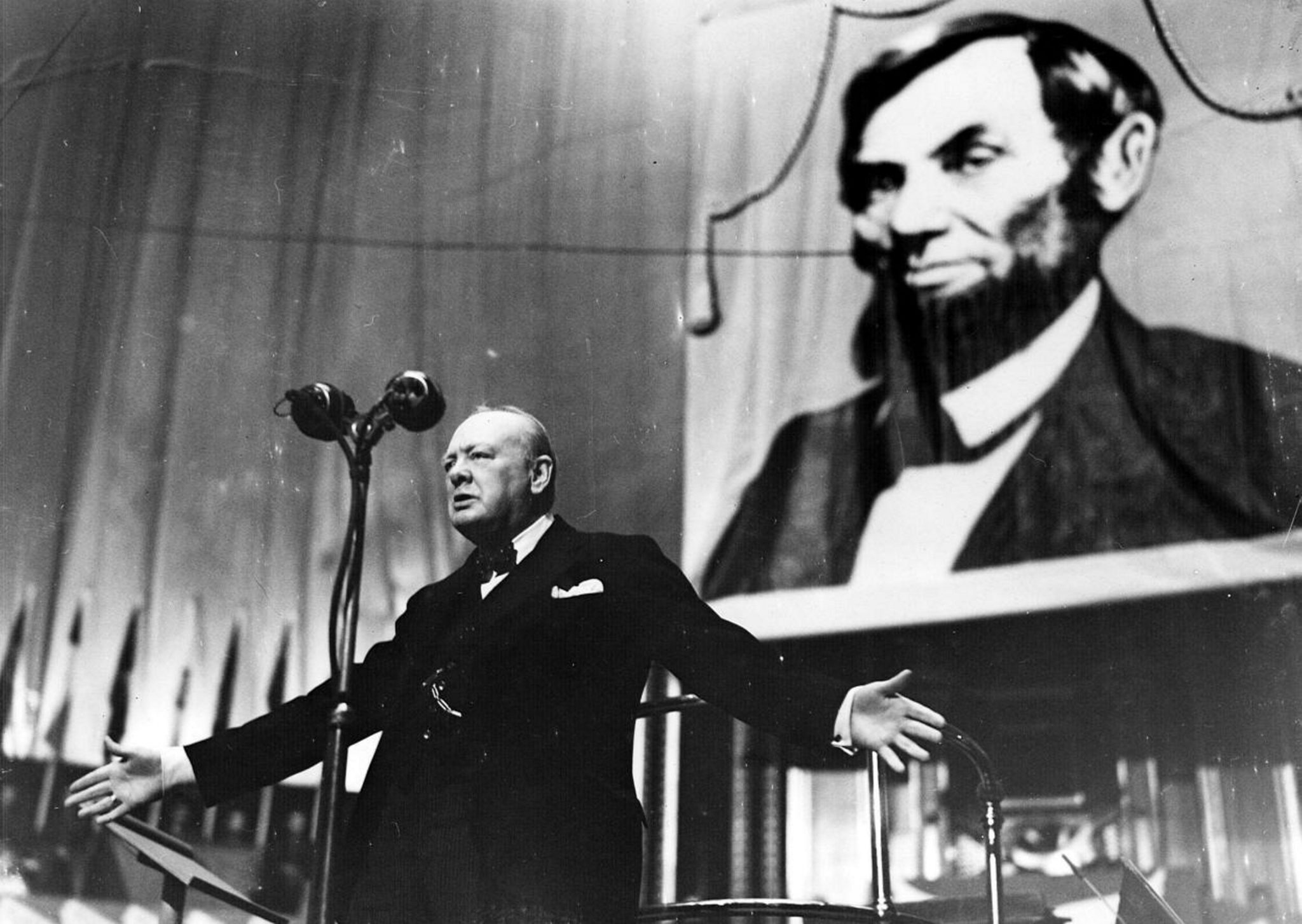It’s easy to assume the most simple way of ending WWII would have been to assassinate the man at the center of it all, Adolf Hitler. It is tough to establish exactly what result this would have produced, but the idea was taken seriously by many Allied commanders during WWII, who concocted countless plans to kill the Führer. One of these was Operation Foxley. However, the seemingly ‘simple’ idea of killing Hitler would prove to be extremely difficult to pull off.
Before Operation Foxley had even been considered, there had been numerous attempts on Hitler’s life. Most of these had been carried out by disgruntled people on his own side, and all had failed.
Over the Channel, the Allies were also considering ways to kill Hitler. One of the earlier attempts involved planting a bomb or poison on Hitler’s personal train, the Führersonderzug. However, this was realized to be unfeasible, as stations were not warned of the train’s arrival until just minutes before, and its movements were both erratic and secretive.
The idea of killing the Führer was not fully supported by everyone, though. A large number of people in the British government objected to the idea, as they were not confident in the results in my produce.
Operation Foxley

Operation Foxley was a plan supported by British Prime Minister Winston Churchill and would have been carried out by the Special Operations Executive (SOE). Instead of intricately tampering with Hitler’s means of transport or trying to slip poison in his drinks, it was decided that a sniper shot would have the highest chances of success.
The shot would be fired while Hitler was at his Berghof retreat in the Bavarian Alps.
In mid-1944, a German prisoner captured in Normandy, France, revealed that he was once one of Hitler’s personal guards at the Berghof. This insider knowledge would be the basis of Operation Foxley.
The prisoner explained that while at the Berghof, Hitler liked to take a 20 minute morning stroll every day at around 10 AM from the Berghof to the Teehaus on the Mooslahnerkopf Hill. He preferred walking alone and briefly passed through a forested area out of sight of his guards.
With this information, the British planned to shoot Hitler on this daily walk.

However, the logistics behind putting a British sniper within rifle range of the Führer were incredibly complex.
The SOE planned to select a German-speaking Pole and a British sniper, and parachute the pair into Austria. When they landed, they would make contact with an insider. This insider, who went by the name “Heidentaler,” was the uncle of a German POW and was fiercely anti-Nazi.
Heidentaler was a shopkeeper who lived just 20 km from the Berghof and was eager to help. He would provide the two men shelter before the mission and transport them to the correct location.
With a sniper selected, they started preparing for the operation. The weapon of choice would be the Wehrmacht’s standard issue rifle, the Kar 98k, to blend in. However, this particular rifle was accurized and fitted with a telescopic sight. With the rifle, the sniper trained in simulated conditions against moving dummy targets.
In addition, the sniper would be armed with a Luger pistol equipped with a British-made silencer, in case there was any trouble before the assassination took place. This actual pistol survived the war and is now on display at the Combined Military Services Museum in Essex.
The two men would be dressed as German mountain troops.
But Operation Foxley would never take place.

Even though it was supported by Winston Churchill himself, a major divide had opened up in the British government. It was widely thought that killing Hitler would actually produce undesirable results.
Many believed Hitler was such a poor strategist and that his own poor choices were making the Allies’ job easier. If Hitler was assassinated, there were fears that a more capable leader may take his place and prolong the war.
Another reason was that Hitler may become a martyr if he was assassinated by his enemy. This could also create a perspective in Germany similar to the post WWI era where many thought the war was not lost fairly, which could lead to some not accepting the loss and starting another war. The complete eradication of the National Socialist ideology in Europe would not be possible if Hitler became a revered figure.
Lastly, a lack of solid intelligence of Hitler’s exact plans and movements meant Operation Foxley would have been quite a gamble.
For these reasons, the operation was never carried out. Hitler would commit suicide in Berlin less than a year later, ending the war.
